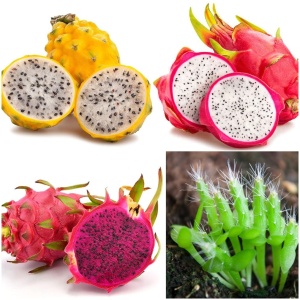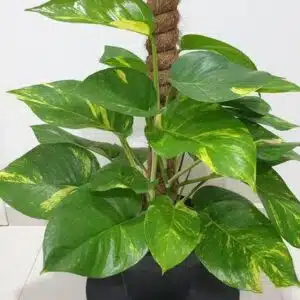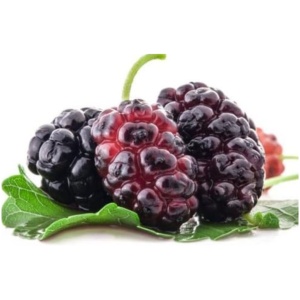RUDRAKSHA PLANT (Elaeocarpus ganitrus) is a revered plant known for its distinctive seeds, often used in spiritual and medicinal practices. Here’s how to ensure your Rudraksha plant thrives and produces its unique, beautiful seeds.
Plant Characteristics:
- Appearance: Rudraksha plants have shining green, serrulate foliage. The flowers are ovoid, conical, and elongate, measuring approximately 1 to 2 cm in diameter.
- Seeds: The seeds are covered by a blue outer husk when fully ripe, which is why they are sometimes referred to as “blueberry beads.”
Care Instructions:
- Watering: Water the plant when the soil feels dry to the touch. During the summer, ensure thorough watering, and reduce watering in winter and the rainy season. Always water after applying fertilizer to help the plant absorb nutrients effectively.
- Fertilization: Apply a balanced fertilizer during the growing season to support healthy growth. Follow up with watering to aid nutrient absorption.
Planting Tips:
- Soil: Ensure the soil is well-drained and not waterlogged. Rudraksha plants prefer a soil mix that retains some moisture but allows excess water to drain.
- Sunlight: Rudraksha plants grow best in a location with ample sunlight. Provide a sunny spot or bright indoor environment.
- Temperature: Maintain a moderate temperature suitable for the plant, avoiding extreme cold or heat.
Additional Care Tips:
- Monitoring: Check the plant regularly for signs of pests or diseases, and take appropriate action if needed.
- Pruning: Prune the plant to maintain its shape and remove any dead or damaged foliage.
Enjoy the beauty and spiritual significance of Rudraksha with proper care and attention!








